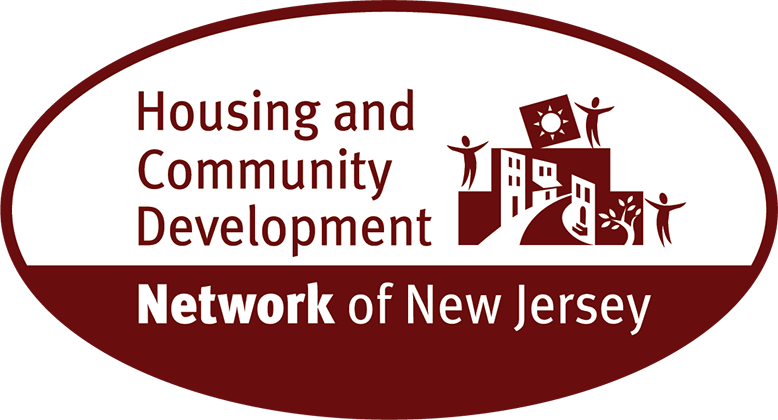| Property Rights Apply To Poor People Too |
 |
 |
 |
|
Published: February 29, 2012 I’m late to the party, but the Wall Street Journal ran an op-ed earlier this month making the case against the activism of the New Jersey Supreme Court. Written by the Manhattan Institute’s Steven Malanga, it focuses on two issues: education and zoning policy. I don’t have any particular beef with Malanga’s criticisms of the court’s education rulings. But I was surprised to see someone from the Manhattan Institute, which is devoted to “greater economic choice and individual responsibility,” attack New Jersey’s landmark Mount Laurel decision:
The obvious question here is: how does liberalizing zoning laws—which is what the Mt. Laurel decision did—cost taxpayers anything, to say nothing of over $100,000 per unit? The basic issue, which Malanga tiptoes around, is that suburbs’ restrictive zoning rules aren’t so much designed to regulate the design of buildings so much as they’re designed to control the flow of people—especially poor people—into a municipality. Cities love having businesses in their jurisdictions because they pay a lot of taxes but don’t require very many city services. They don’t like residents as much because residents consume city services and pay relatively less taxes. And they especially don’t want low-income residents. Not only do they pay relatively lower taxes, but they’re also statistically associated with crime and other social problems. So regulations setting minimum lot sizes and restricting the construction of townhouses and apartment buildings creates a de facto minimum income for living in a particular municipality. If you’re not rich enough to buy a single-family home on a large lot, you won’t be able to live in most of New Jersey’s swankier suburbs. The New Jersey Supreme Court held that it was unconstitutional to have a zoning system that effectively excludes poor people from your municipality. So how does this cost taxpayers money? Malanga doesn’t spell out his reasoning, but there are two things he could be referring to. One theory is that the increased services consumed by city residents will cost taxpayers money. Another theory, suggested to me by a friend who works on New Jersey property law, is that municipalities have the option to build affordable housing themselves rather than adjusting their zoning laws to let private developers do it. Some municipalities have opted to do this because it gives them more direct control over how many units of affordable housing get built and where they’re located. Malanga’s math may be based on the assumption that cities themselves will build those 73,000 units at taxpayer’s expense. Either way, this seems like a severe distortion of the Mt. Laurel decision. Obviously, it would be nice if everyone in the United States were wealthy, but given that poor people exist, they should have the same freedom to live where they please that everyone else does. Even if we grant the premise that living near poor people is a burden, there’s no reason that burden should be borne entirely by a few cities like Camden and Newark. Unfortunately, Malanga’s argument is solidly in the mainstream of right-of-center thinking in New Jersey. I’m told that New Jersey governor Chris Christie has been much less friendly to high-density development—and more friendly to municipalities’ efforts to restrict it—than his Democratic predecessor Jon Corzine. The Republican Party is theoretically the party of property rights and limited government, but it seems to forget these principles when it comes to the freedom of poor people to live where they like. |














